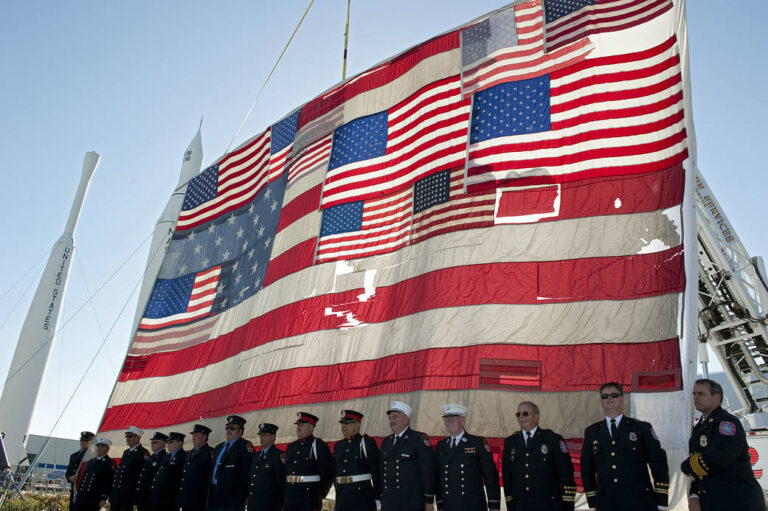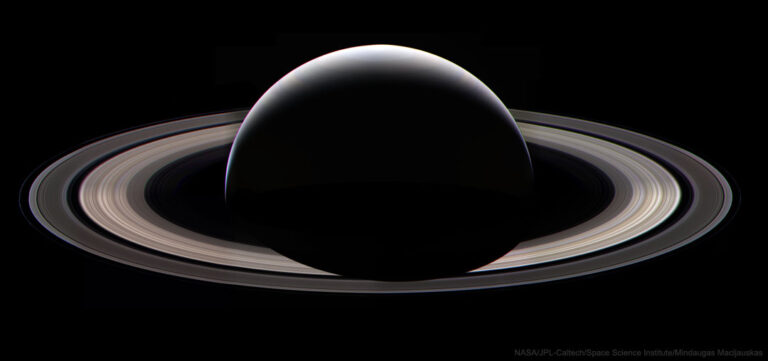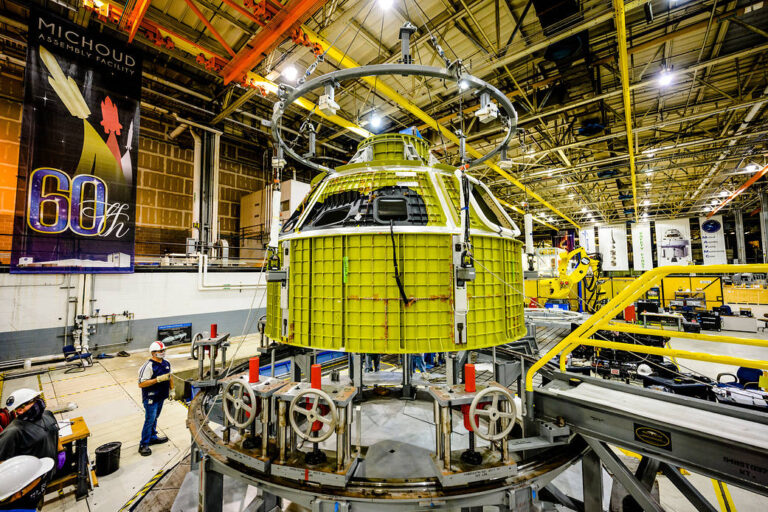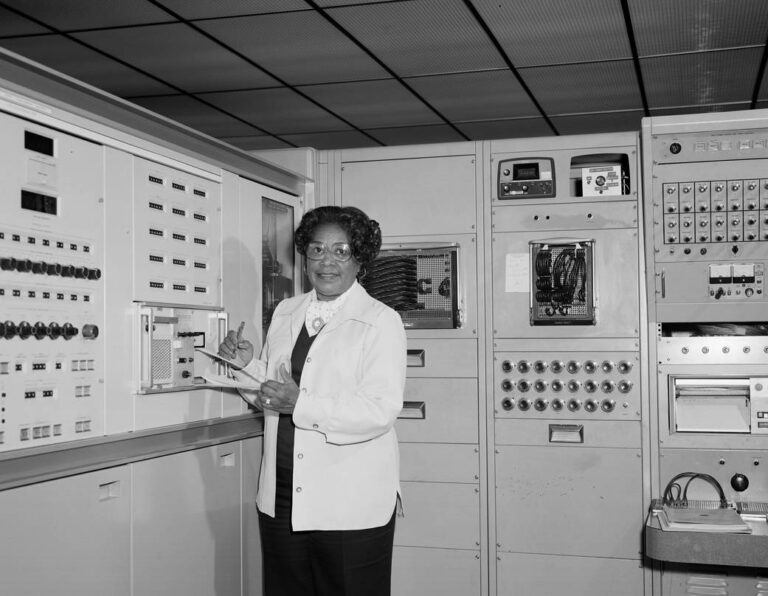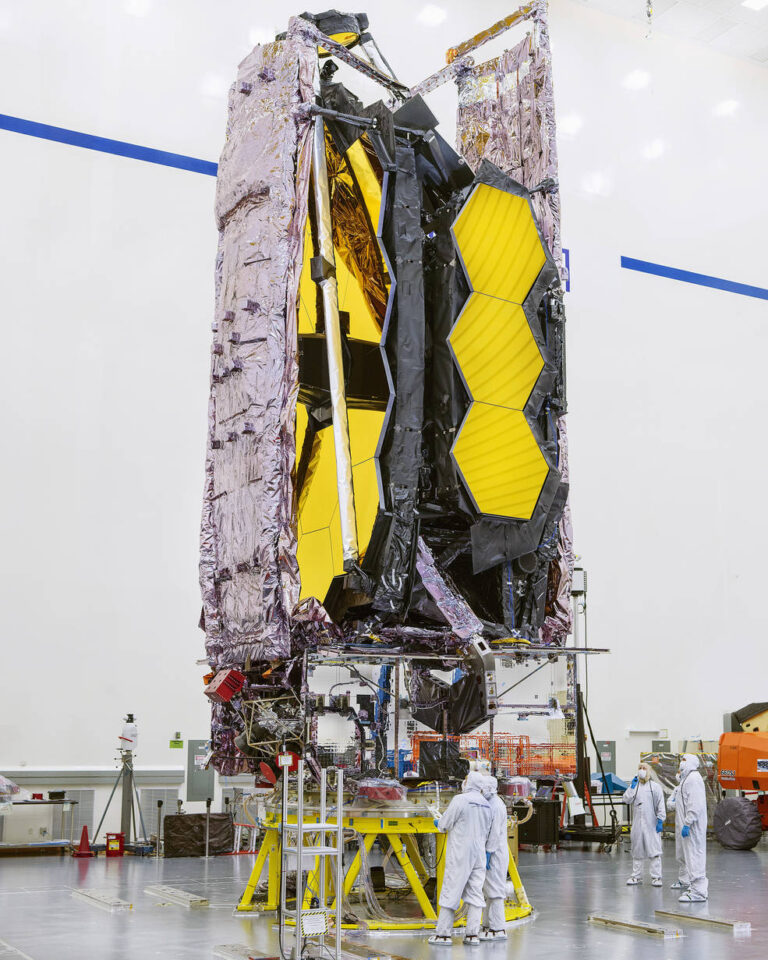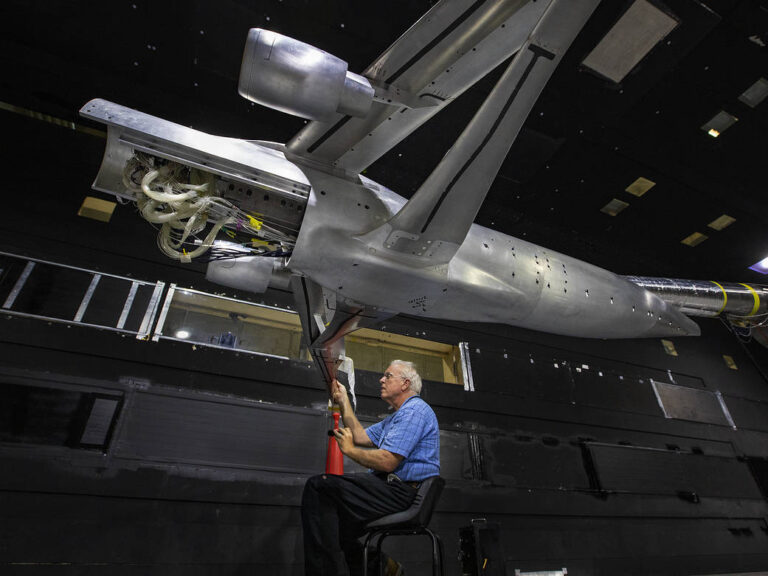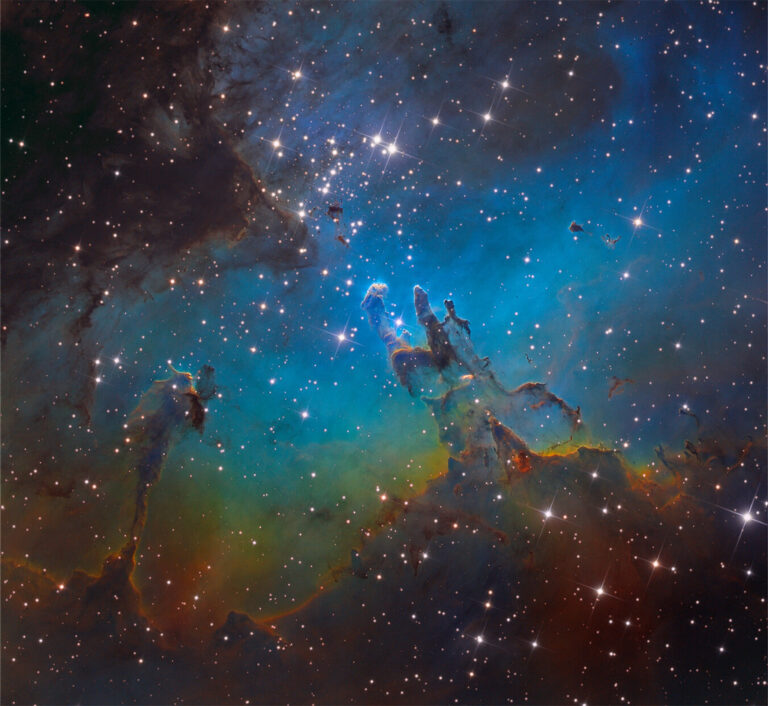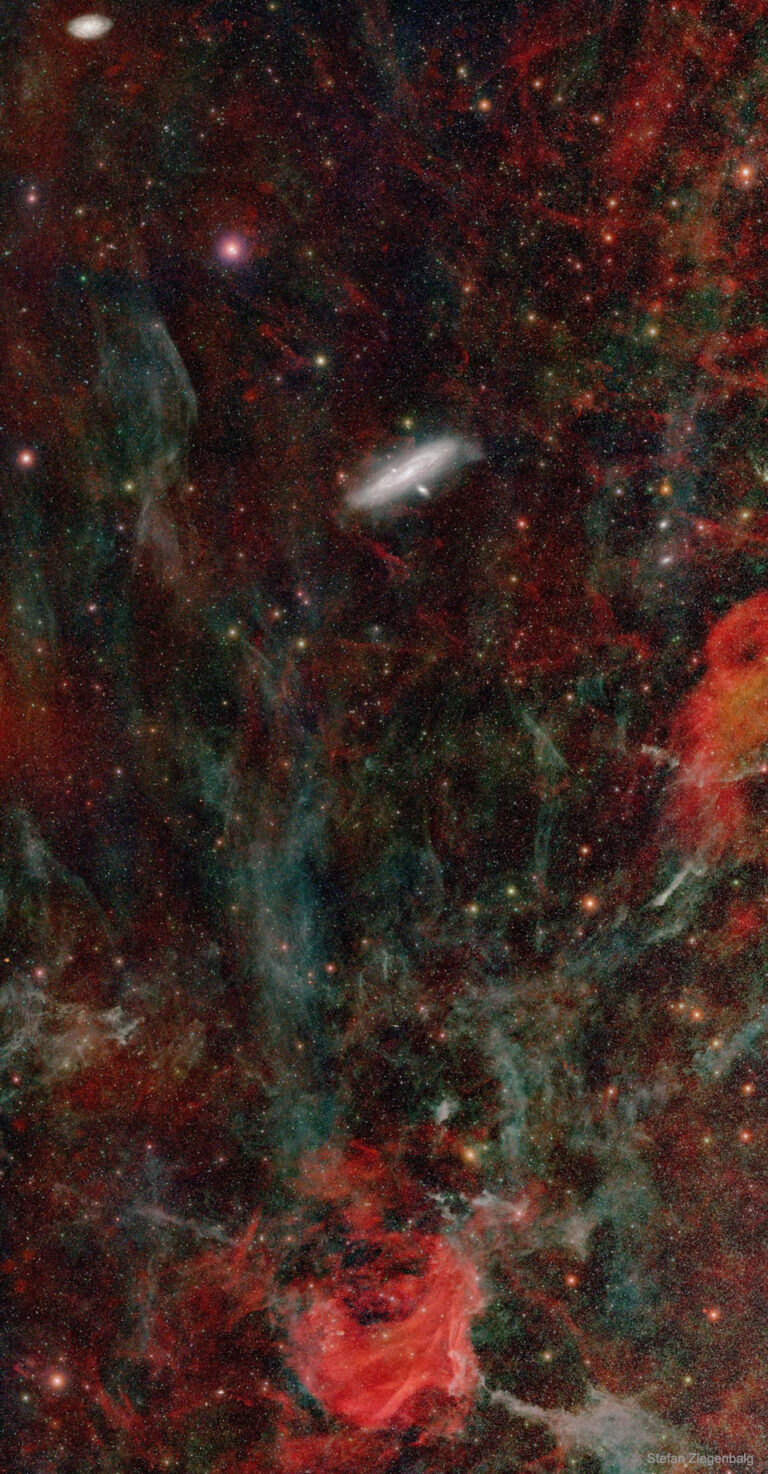纪念9·11
The contributions of NASA and Kennedy Space Center were stitched into the fabric of one of the nation’s most recognizable symbols, when flags from Florida’s Spaceport were sewn into an American Flag recovered near ground zero following the Sept. 11, 2001, attacks. In this image, the National 9/11 Flag was raised over the Rocket Garden at the Kennedy Space Center Visitor Complex after Florida’s contribution was added. The flag is now a part of the permanent collection of the National September 11 Memorial Museum at the World Trade Center site. Learn more: NASA Remembers Sept. 11 Image Credit: NASA/Kim Shiflett 美国国家航空航天局(NASA)和肯尼迪航天中心的贡献被缝进了美国最知名的标志之一,2001年9月11日的恐怖袭击发生后,佛罗里达州航天中心的国旗被缝在世贸中心遗址附近的一面美国国旗上。 在这张图片中,在佛罗里达州的贡献被加入之后,9/11美国国旗在肯尼迪航天中心游客中心的火箭花园升起。这面旗帜现在是世贸中心遗址的国家9.11纪念博物馆的永久收藏品的一部分。 了解更多:NASA纪念9月11日 图片来源:NASA/Kim Shiflett

